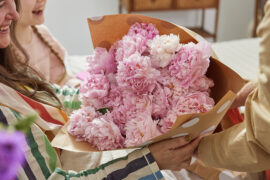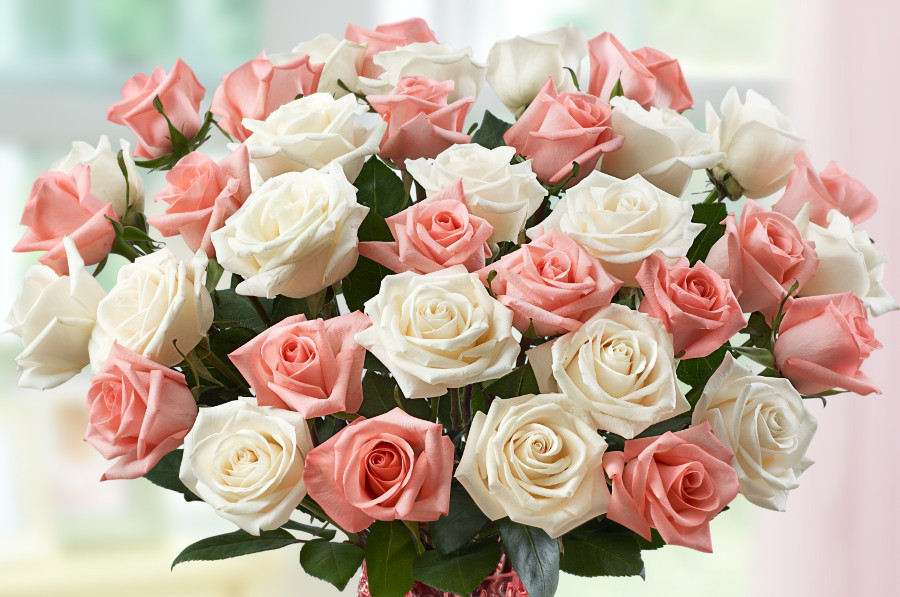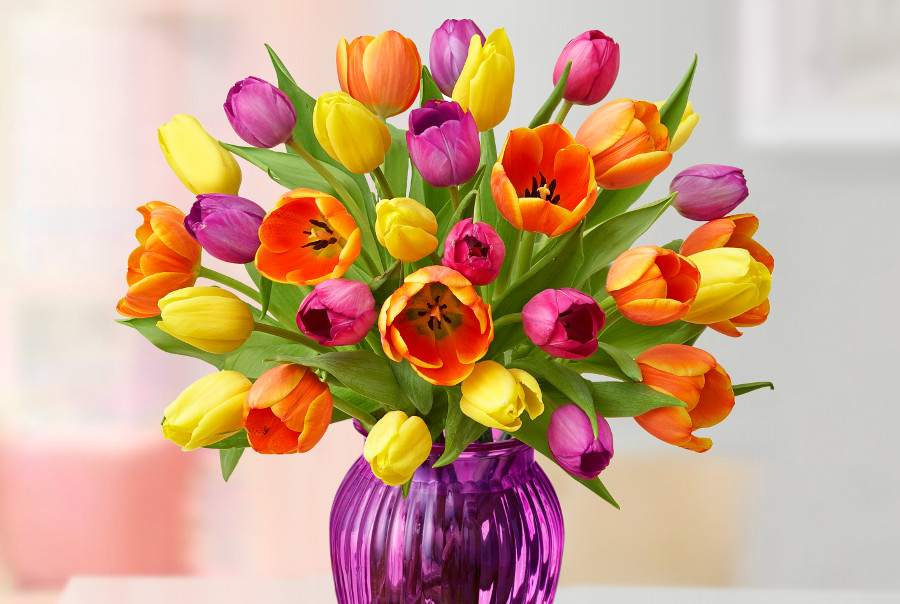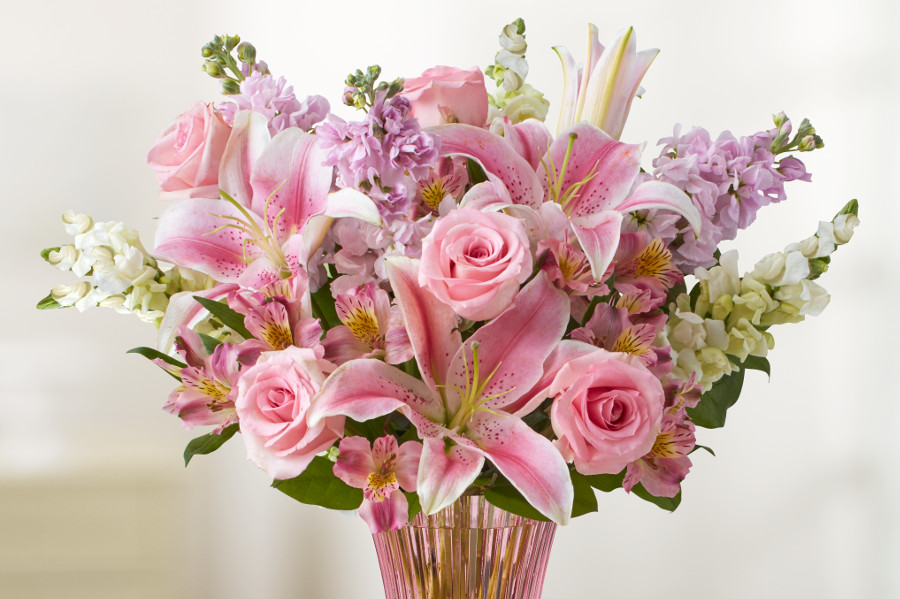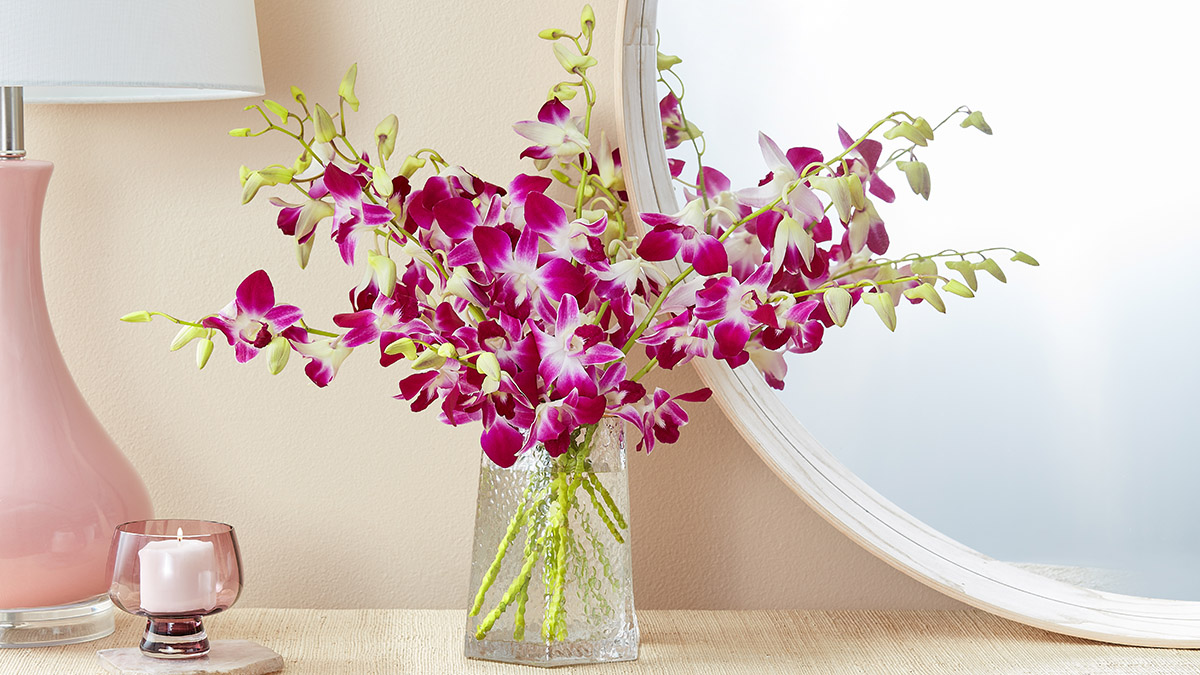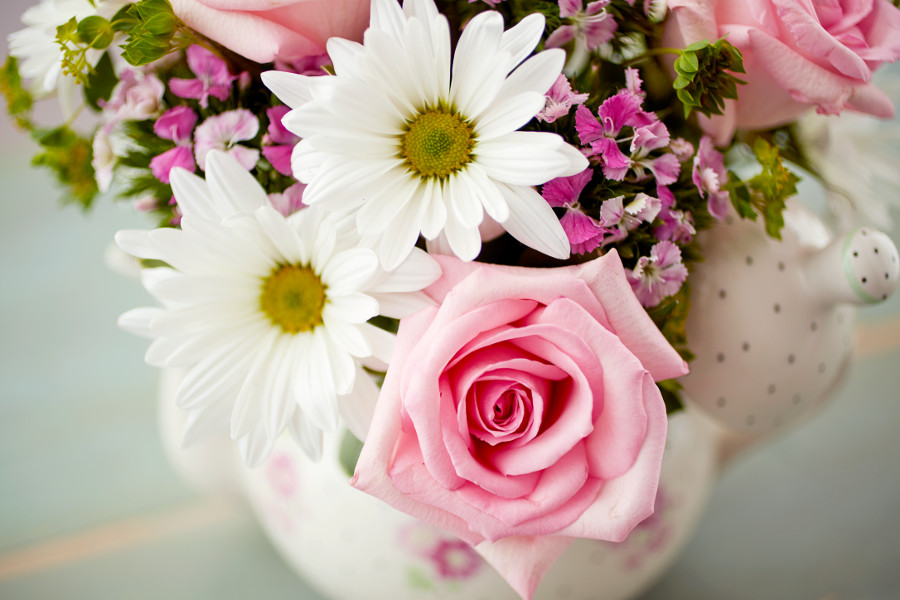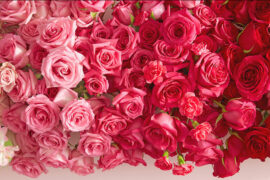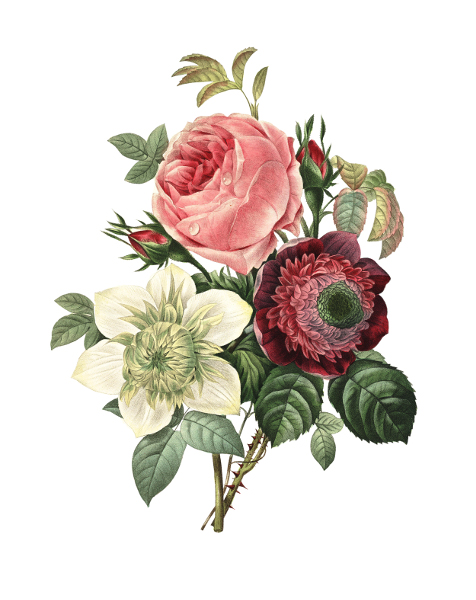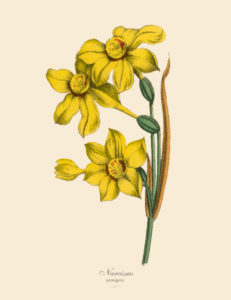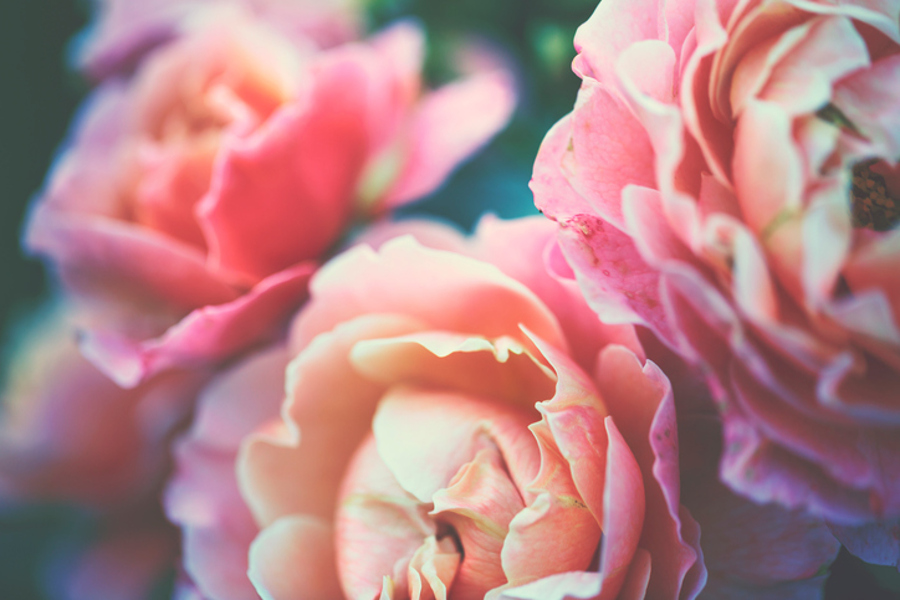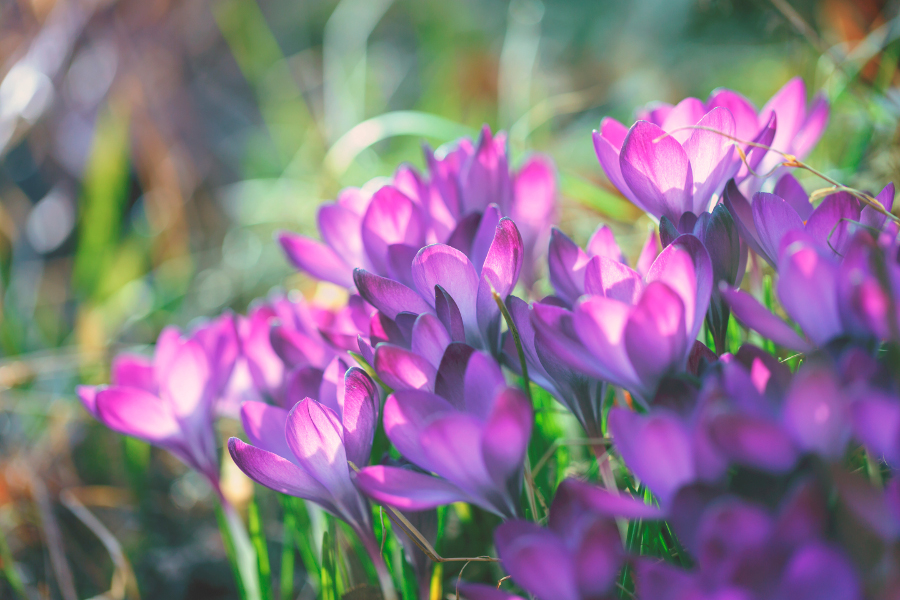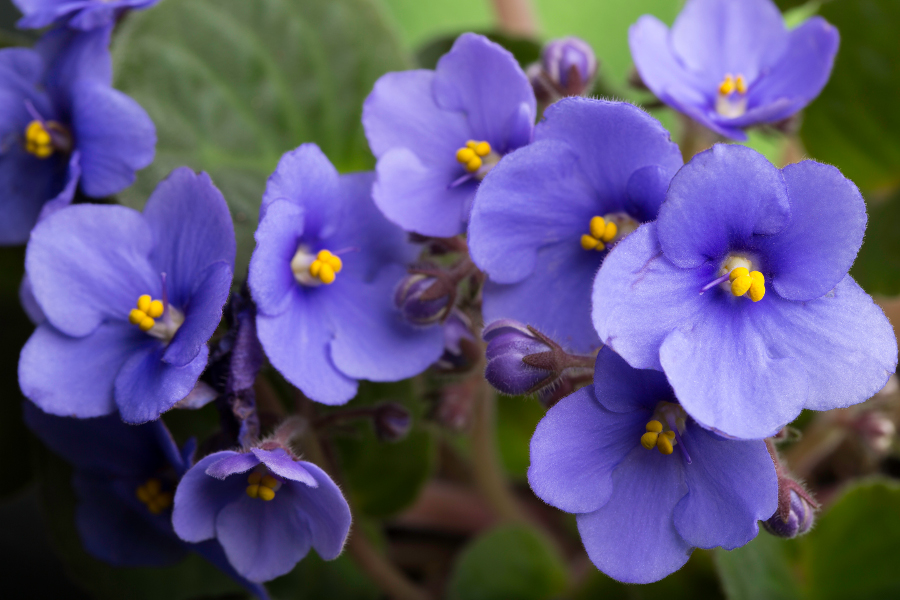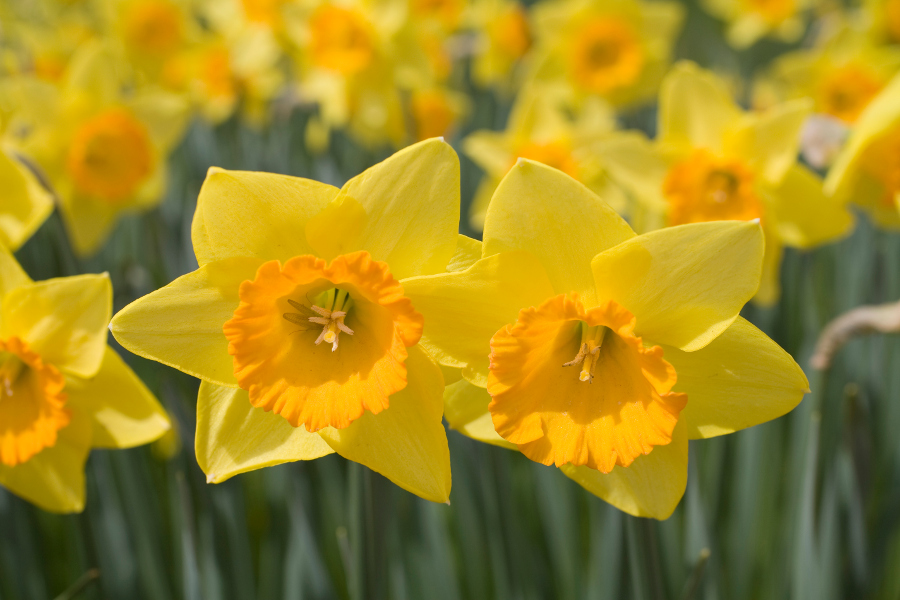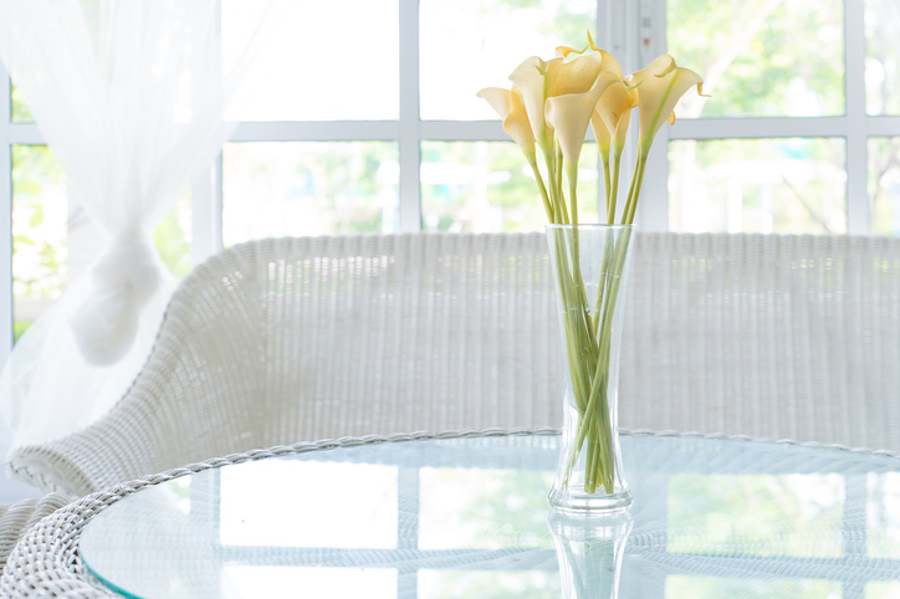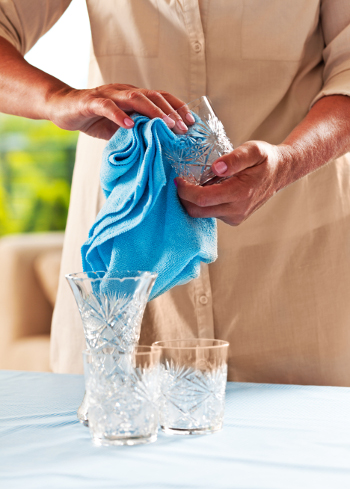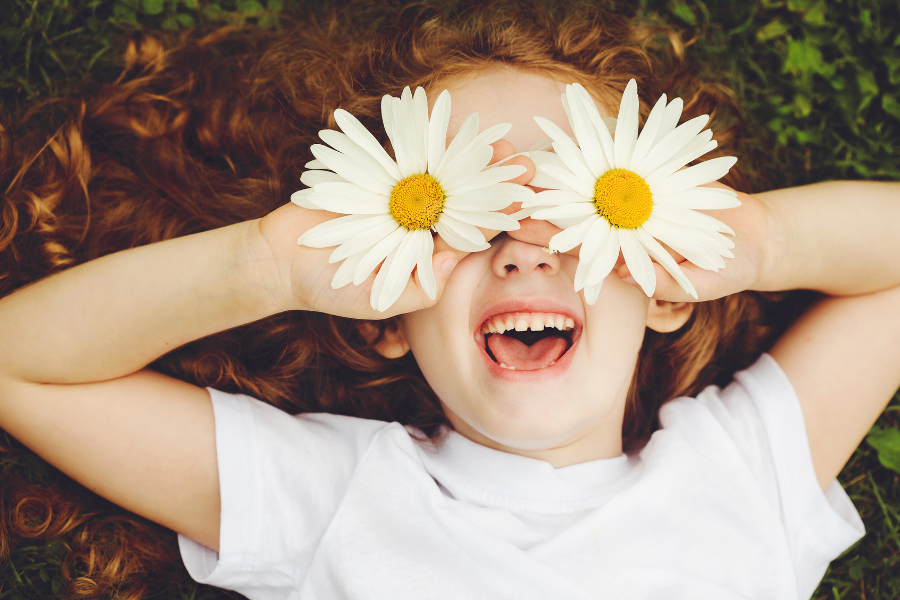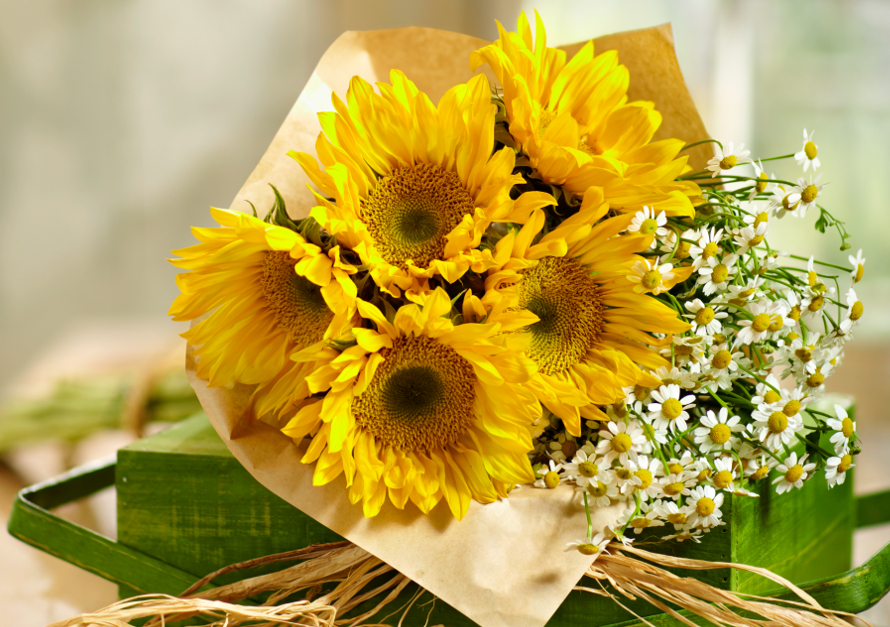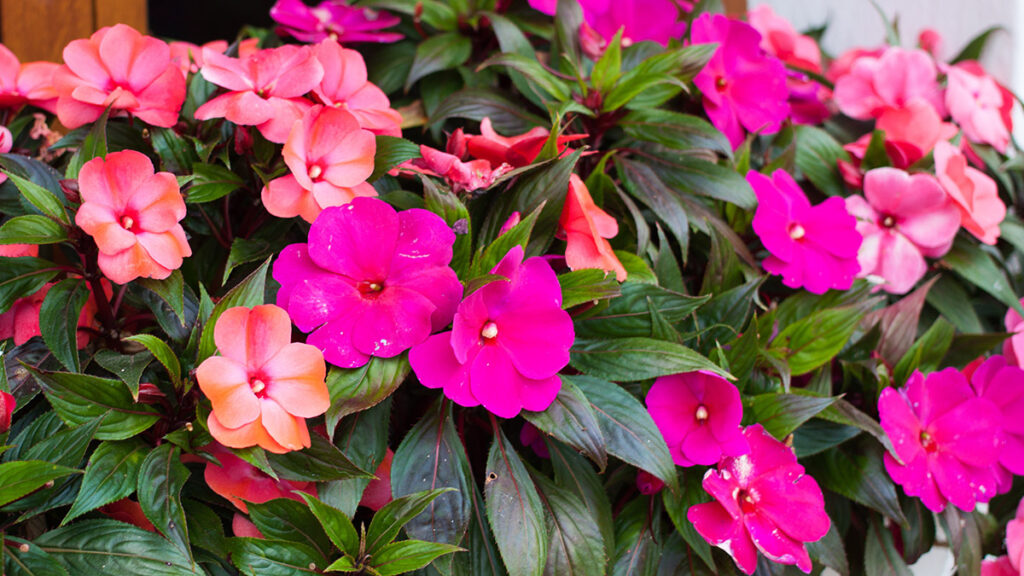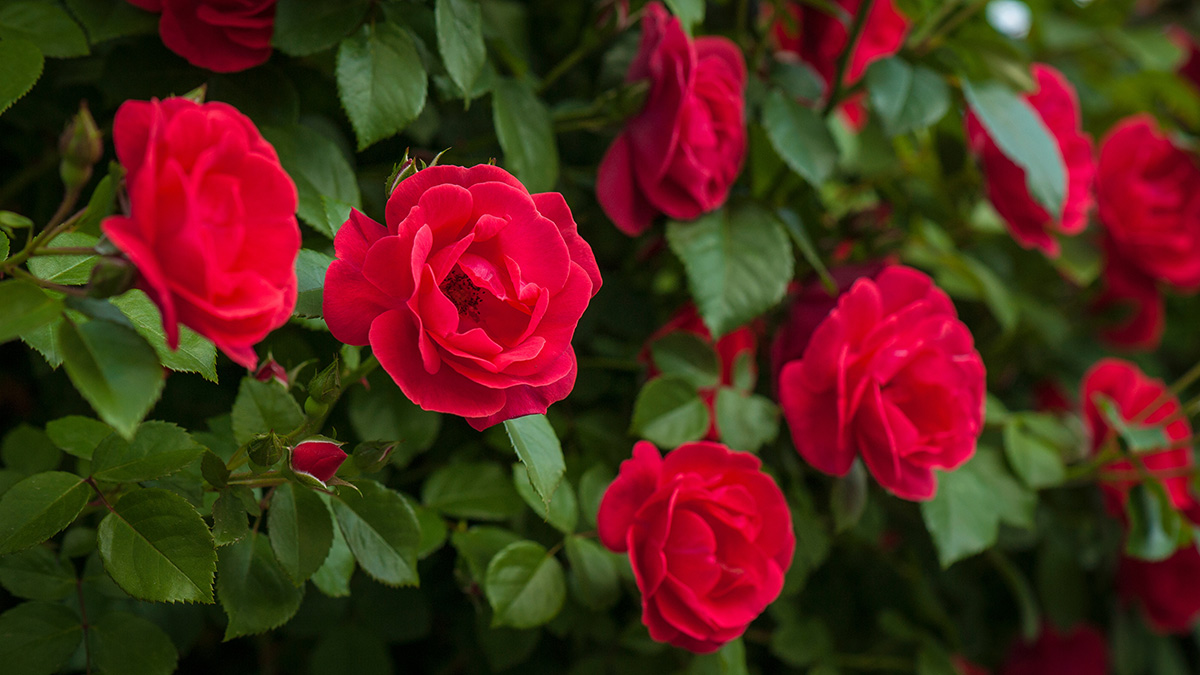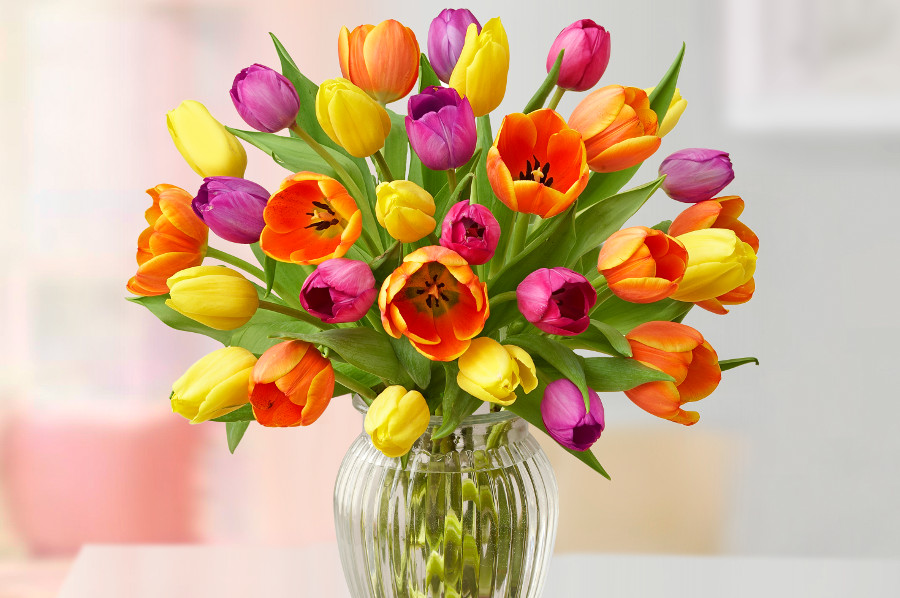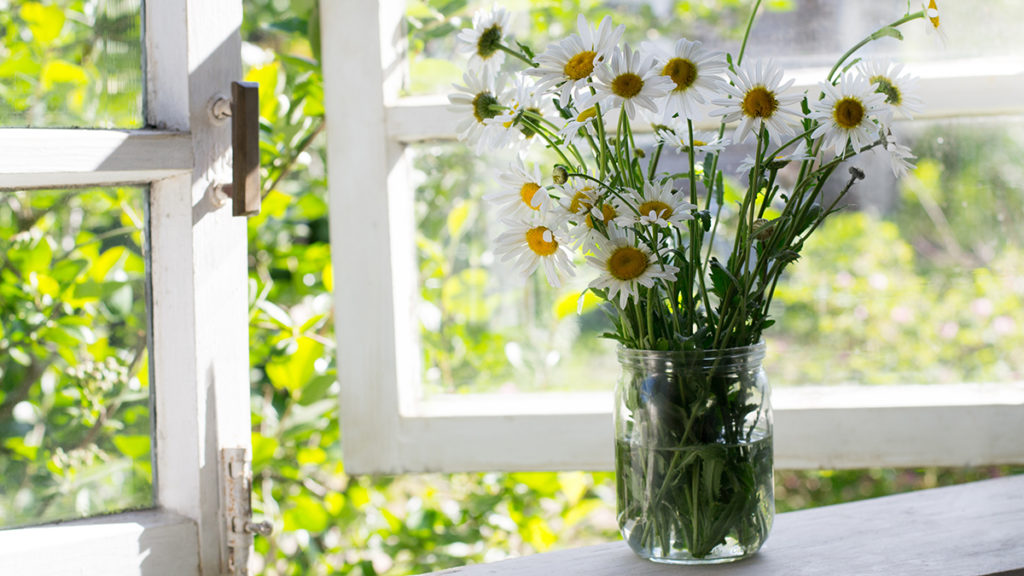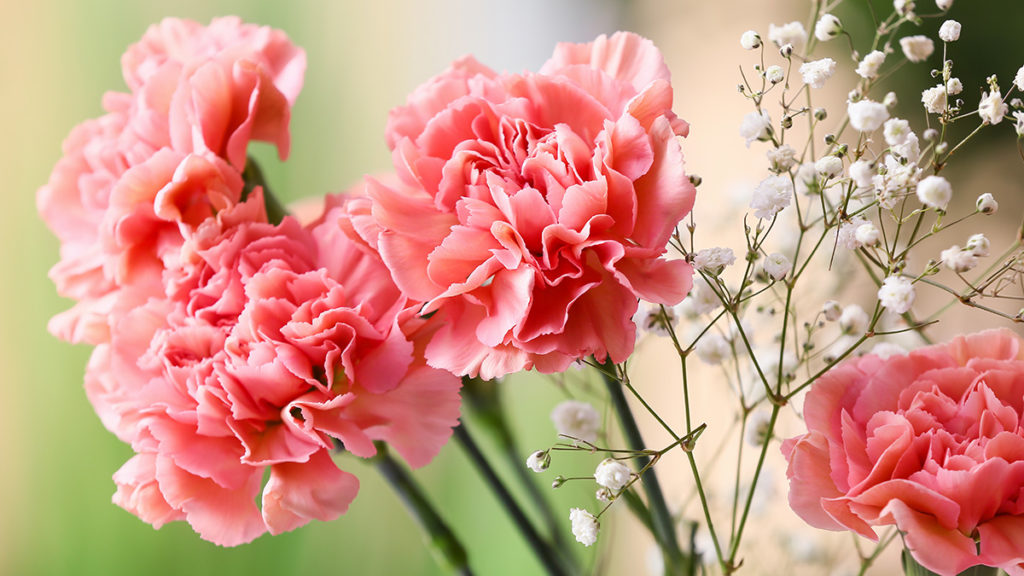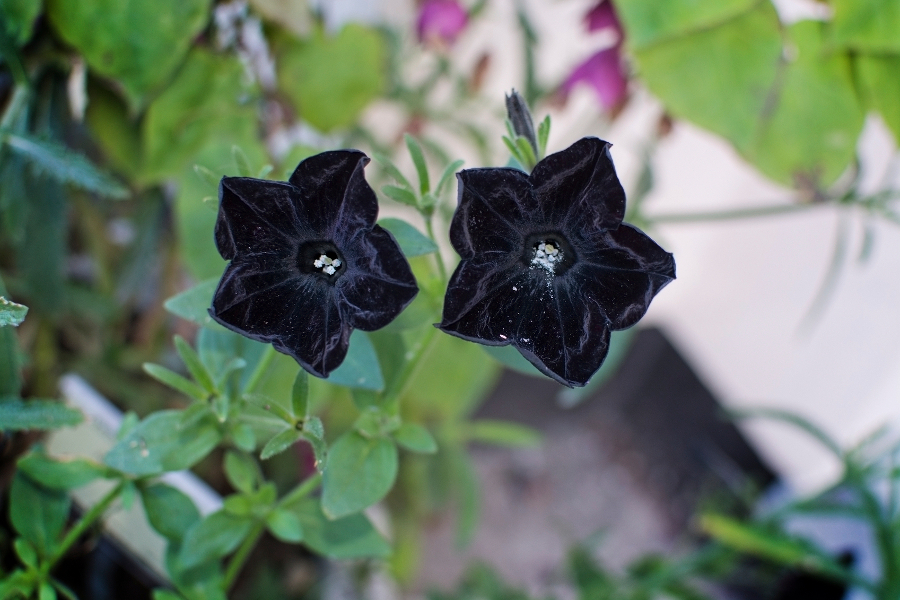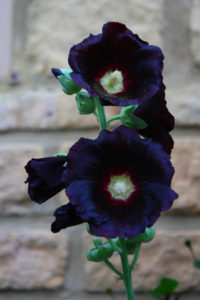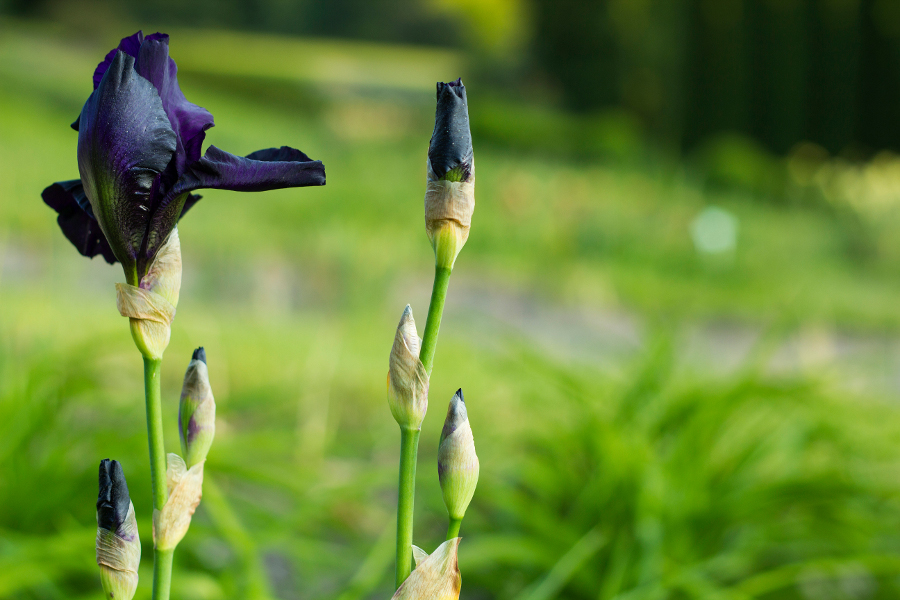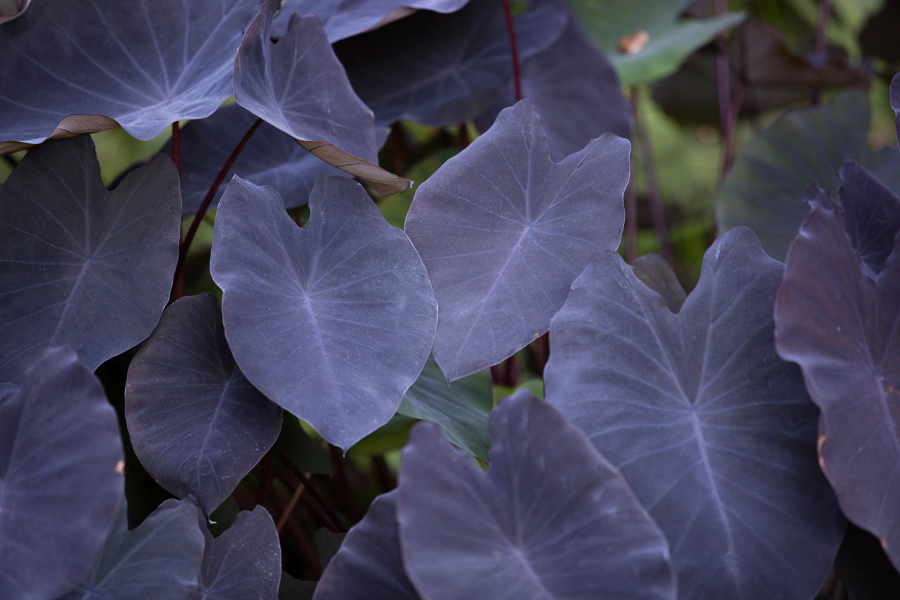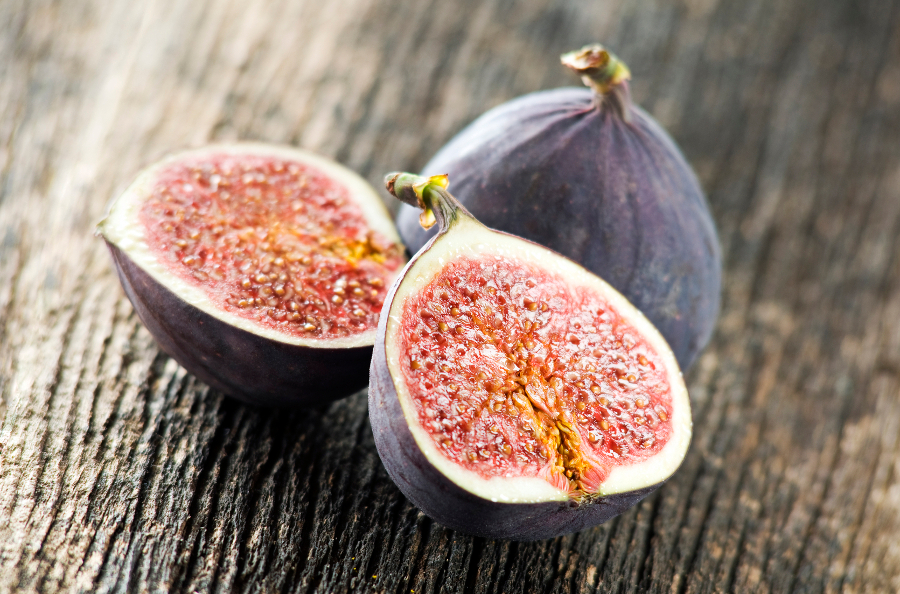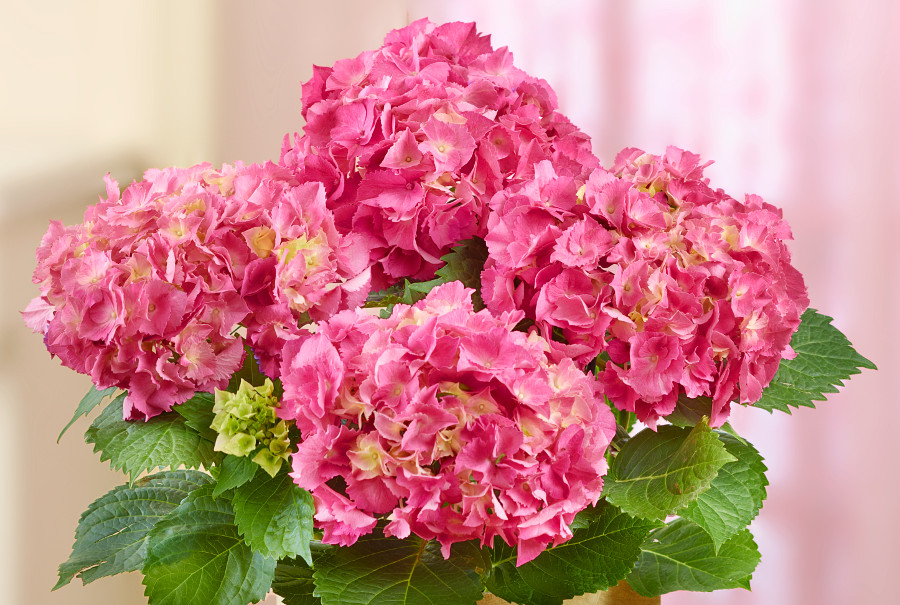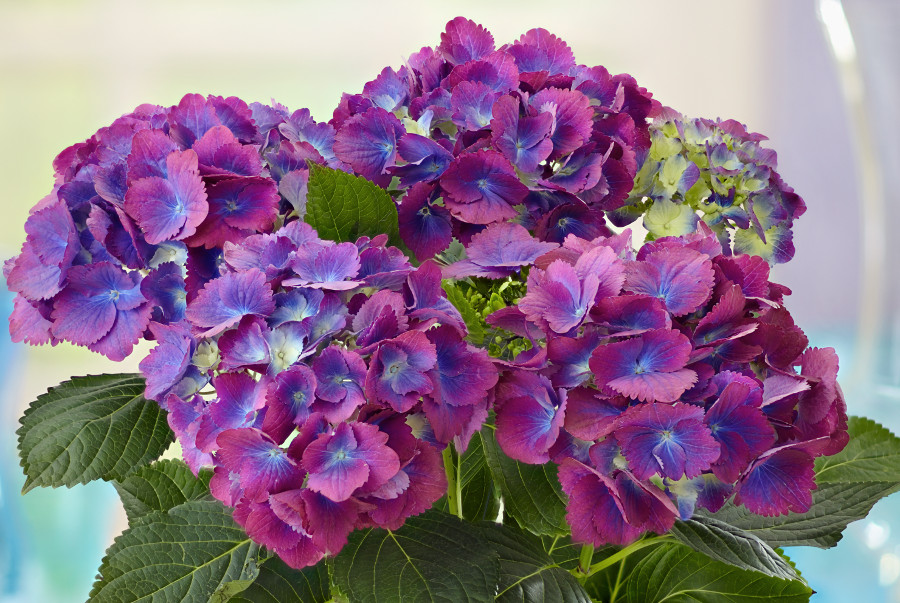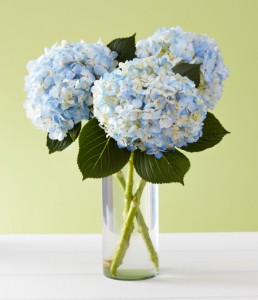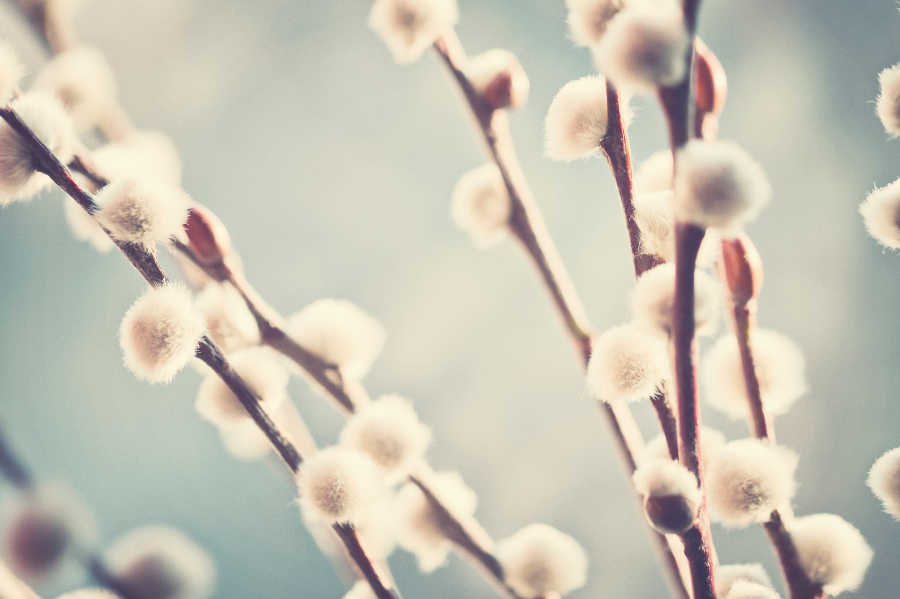
There are lots of words that can be used to describe flowers and plants — between their scent and appearance alone, we could create a list that goes on and on. One of the most interesting descriptions, however, would have to do with how they feel when they are touched. Adjectives like “prickly” or “soft” might immediately leap to mind, but another word we think when we picture certain types of plants and flowers is “fuzzy” — and there are quite a few out there that fit that description.
Here are some specifics about these oh-so-touchable fuzzy flowers and plants.
Fuzzy plants
Angel’s hair artemisia
If you’re looking to attract some visitors to your garden, such as birds and butterflies, consider adding some angel’s hair artemisia. The foliage produced by angel’s hair artemisia is gray/silver in color. Should you choose to add these fuzzy garden wonders to your yard, keep in mind that they can become invasive under the right (or wrong) conditions, so monitor their growth closely.
Dusty miller
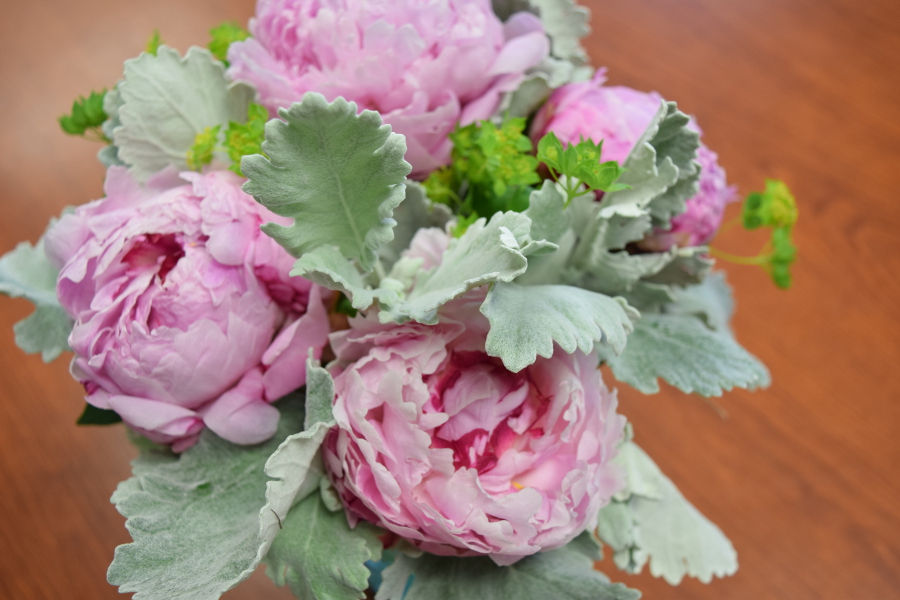
You may be better able to recognize dusty millers if you live in a warmer climate, but even if you don’t, you may have seen them before as flower fillers. Visually, dusty millers have mostly gray leaves, as well as some yellow foliage, but they can appear silver depending on how you look at them.
Fountain grasses
Whether you’re looking for a short or tall, dark or light addition to your garden, you’ll find success with fountain grass. Able to grow at various heights and in various colors, fountain grasses share fuzzy flowers that you’re sure to fall in love with! Similar to angel’s hair artemisia, fountain grasses can become invasive under certain circumstances, so keep an eye on them as they start to grow.
Lamb’s ears
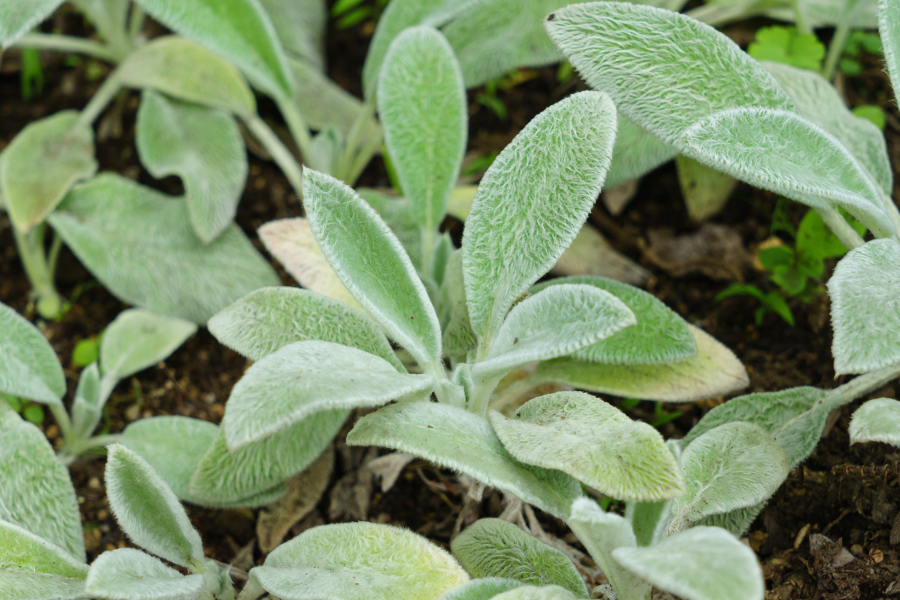
Best grown in USDA zones 4 to 10, lamb’s ears are suitable if you’re looking for a ground cover or edging plant. Ideally, lamb’s ears require full sun to partial shade, and grow best with moderate to regular amounts of water, although dry conditions won’t wipe them out completely. If you find the right kind, you may even see some beautiful purple flowers start to bloom among their fuzzy green leaves!
Licorice plant
Best known for their ability to add a little something extra to flower and plant arrangements, licorice plants grow fuzzy leaves that can be any color from gray/green to various shades of cream and green. And though their scent does resemble the classic smell of licorice, don’t be too tempted to taste — all parts of licorice plants are toxic to humans if ingested.
Old man cactus
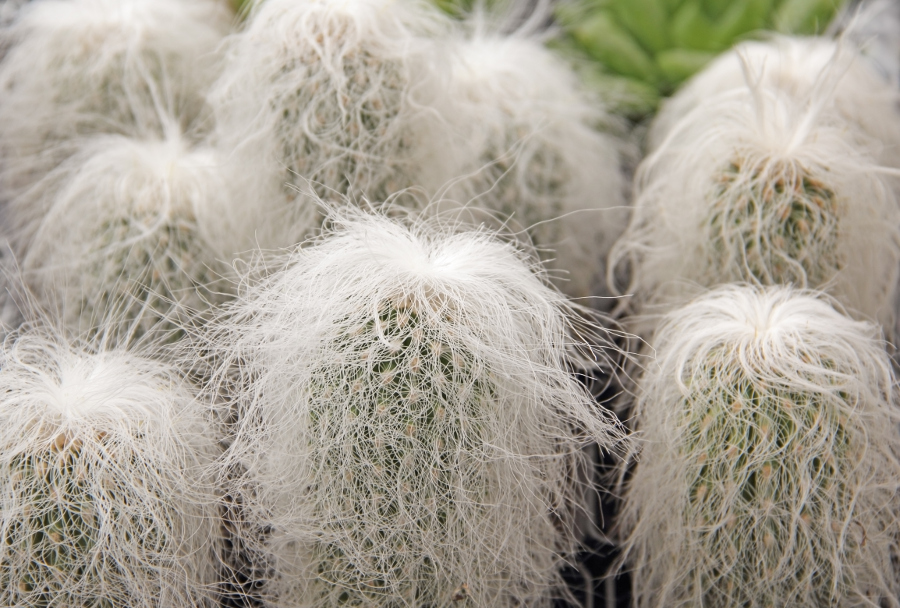
Wondering where this type of cactus gets its name? It’s from the fluffy white hairs found on the surface. This fuzzy white plant can serve as the perfect houseplant, especially if you’re looking for something unique. Better yet, they can be grown outside too: USDA zones 9 and 10 are particularly favorable for outdoor growing.
Panda plant
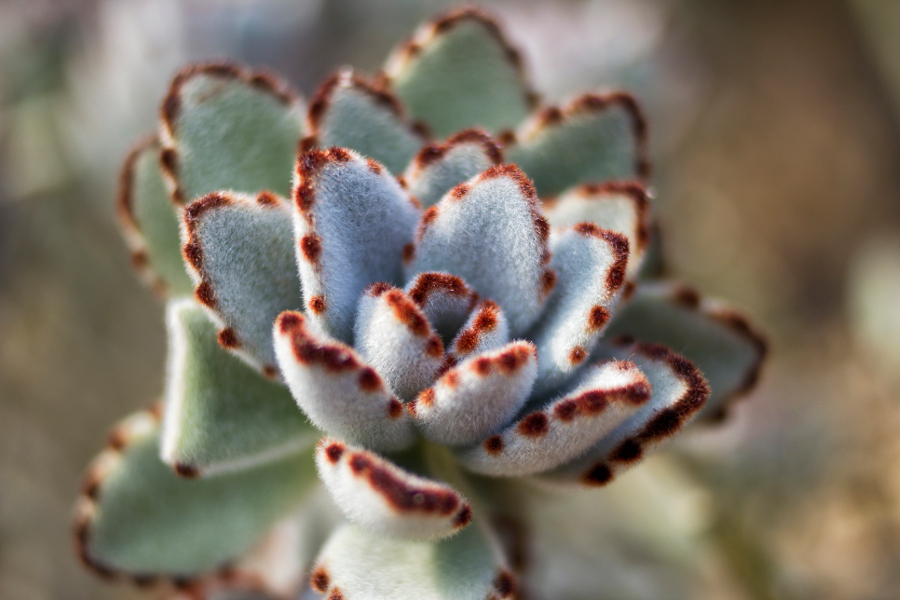
Panda plants are typically grown just for their foliage. If you see one, you’ll notice that their leaves are covered with soft silver hairs, which contribute to its fuzzy appearance. In addition to their beautiful silver and green colors, the edges of panda plant leaves usually have a brown or rusty tint to them, making for a beautiful color combination.
Fuzzy flowers
Chenille plant
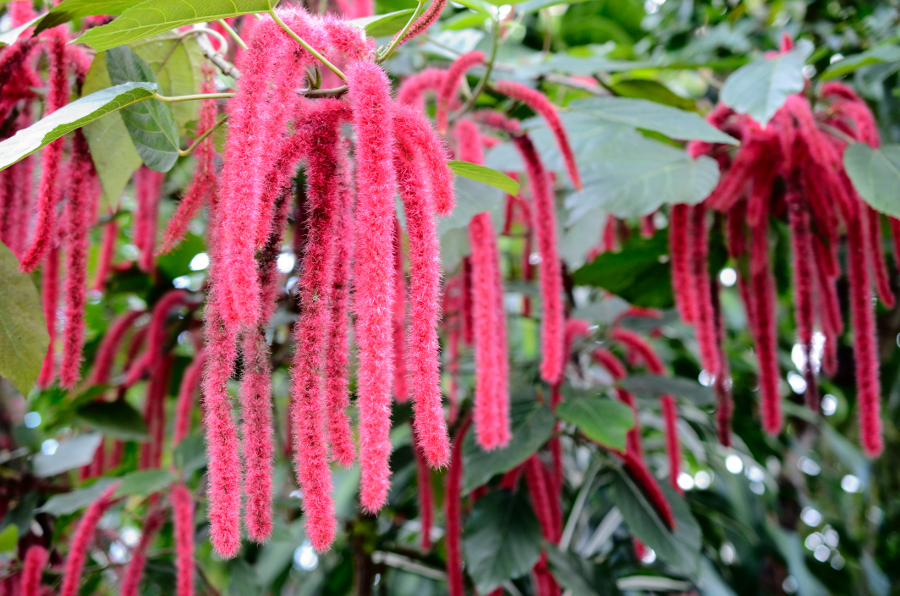
Parts of this flowering shrub are so fuzzy that you might not even recognize it as being something that grows in nature! Often used as houseplants, chenille plants are best positioned in a spot where they can drape downward and really show off their fuzzy blooms. Chenille plants need humid conditions to really thrive, so choose a location in your home wisely.
Jerusalem sage
Although its name suggests it is a member of the sage family, Jerusalem sage is actually closer related to mint. In some zones, you can find this fuzzy bloom as an evergreen (zones 8 to 10, to be exact), while in others (zones 5 to 7), it will die back in the winter. Beautiful and bright in color, Jerusalem sages look excellent in a number of floral arrangements.
Pussy willow
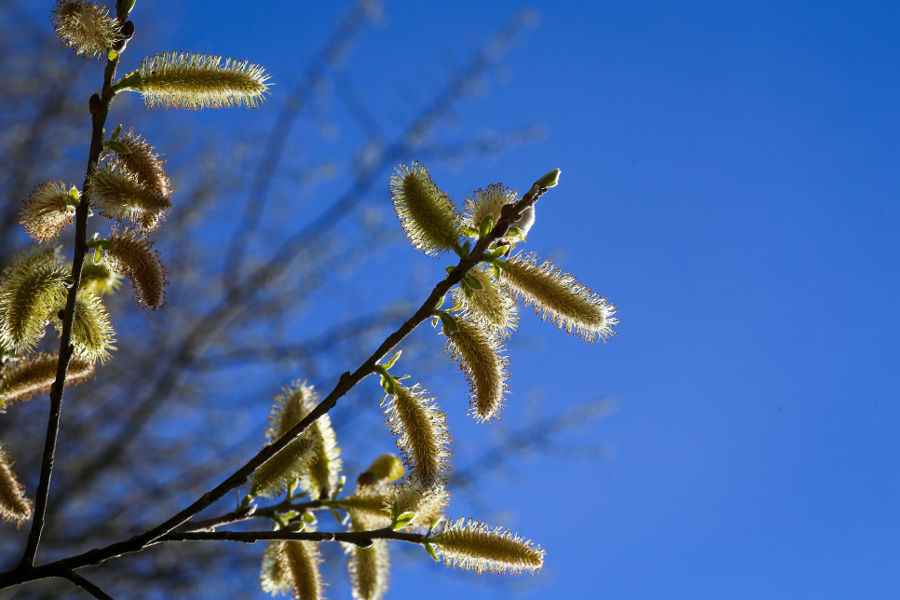
Perfect for spring — although, depending on the conditions, they can start to bloom around the first of the year — a pussy willow will produce amazingly soft catkins (long, slim, petal-less flowers). The best place to situate one of these shrubs is a window that receives full sun daily (if you are lucky enough to have one). There, it will act as the perfect piece of home decor!

